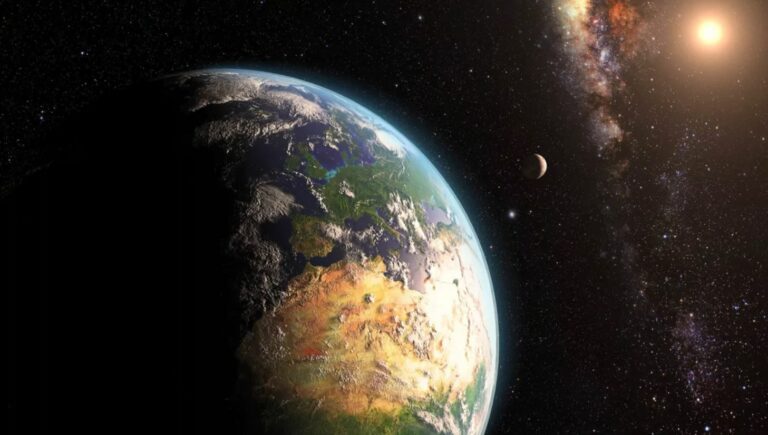Celebrate Aphelion Day! Today marks Earth’s farthest distance from the sun in 2023.
Interestingly, the times when the Earth lies at its closest and farthest points from the sun roughly coincide with two significant holidays here in the United States.
Record-Breaking Temperatures Witnessed This Week
Throughout the week following Independence Day, numerous regions around the globe experienced unprecedented highs on their thermometers. However, it may come as a surprise to learn that on Thursday, July 6, at 4:06 p.m. Eastern Daylight Time (2006 GMT), Earth reached its farthest point from the sun in space, a phenomenon known as aphelion.
During aphelion, the sun will be situated approximately 94,506,364 miles (152,093,250 km) away from our planet, measured from center to center. This distance is 3,103,330 miles (4,994,325 km) greater compared to Earth’s closest approach to the sun, known as perihelion, which occurred on January 4. The disparity in distance accounts for a mere 3.29% variation, leading to an alteration of nearly 7% in the amount of radiant heat received by Earth—an effect equivalent to a minute one-thirtieth change.
Interestingly, it is a common misconception that Earth is closest to the sun during the summer months of June, July, or August. However, our warm weather patterns are not directly linked to our proximity to the sun. Instead, it is the 23.5-degree tilt of Earth’s axis that plays a significant role. This tilt determines the duration of sunlight exposure, as the sun’s rays strike the Earth at varying angles during different seasons.
For instance, at latitudes similar to New York, the more direct rays received during the summer solstice on June 21 generate roughly three times more heat compared to the slanted rays encountered during the winter solstice on December 21. Consequently, the amount of heat received by any given region depends on the duration of daylight and the angle at which the sun sits above the horizon, resulting in noticeable temperature disparities across different parts of the world.
A climatological fallacy
During my time at Henry Bruckner Junior High School #101 in The Bronx, my Earth Science teacher, Mr. Saul Shenberg, imparted a fascinating insight to our class. He explained that due to Earth’s farthest distance from the sun occurring in July and its closest proximity in December, this disparity would hypothetically result in warmer winters and cooler summers, particularly in the Northern Hemisphere.
This notion appeared logical, yet the reality is quite the opposite. The prevalence of vast land masses in the Northern Hemisphere actually tends to amplify the coldness of winters and intensify the heat of summers. Despite this contradiction, it is intriguing to note that the occurrences of Earth being at its closest and farthest from the sun approximately coincide with two significant holidays in the United States. We reach our closest point to the sun near New Year’s Day and our farthest point around Independence Day.
For our neighbors in Canada, aphelion nearly aligns with their national holiday, Canada Day, celebrated on July 1.
However, it is worth noting that the specific dates of perihelion and aphelion can vary depending on the year. Perihelion can occur anywhere between January 1 and 5, while aphelion can range from July 2 to July 6.
Joe Rao serves as an instructor and guest lecturer at New York’s Hayden Planetarium. He writes about astronomy for Natural History magazine, the Farmers’ Almanac and other publications.
Do not forget to share your opinion with us to provide you with the best posts !




0 Comments